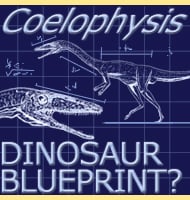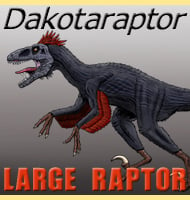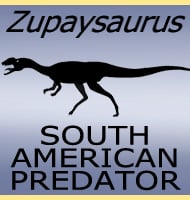Albinykus
In Depth A small alvarezsaur, one of the notable things about Albinykus is that even though it is only known by its hind quarters, these were found in a crouching position. Oviraptosaurs and troodonts are also known to have crouched, so the discovery that alvarezsaurs like Albinykus could also enter this position indicates that crouching … Read more


